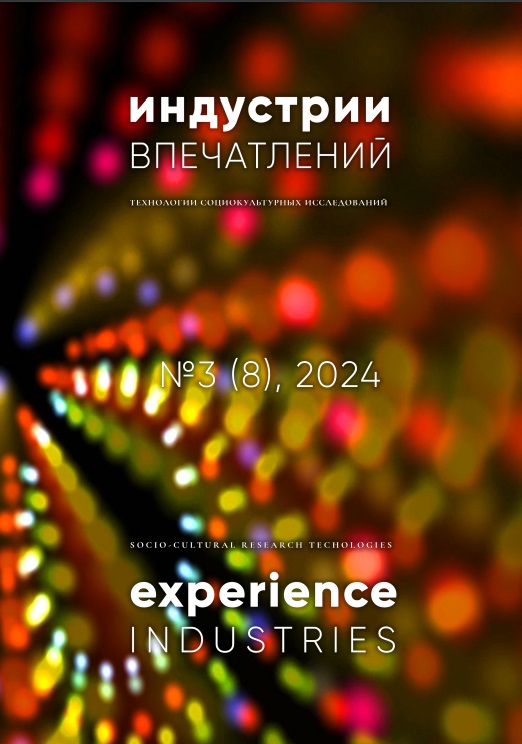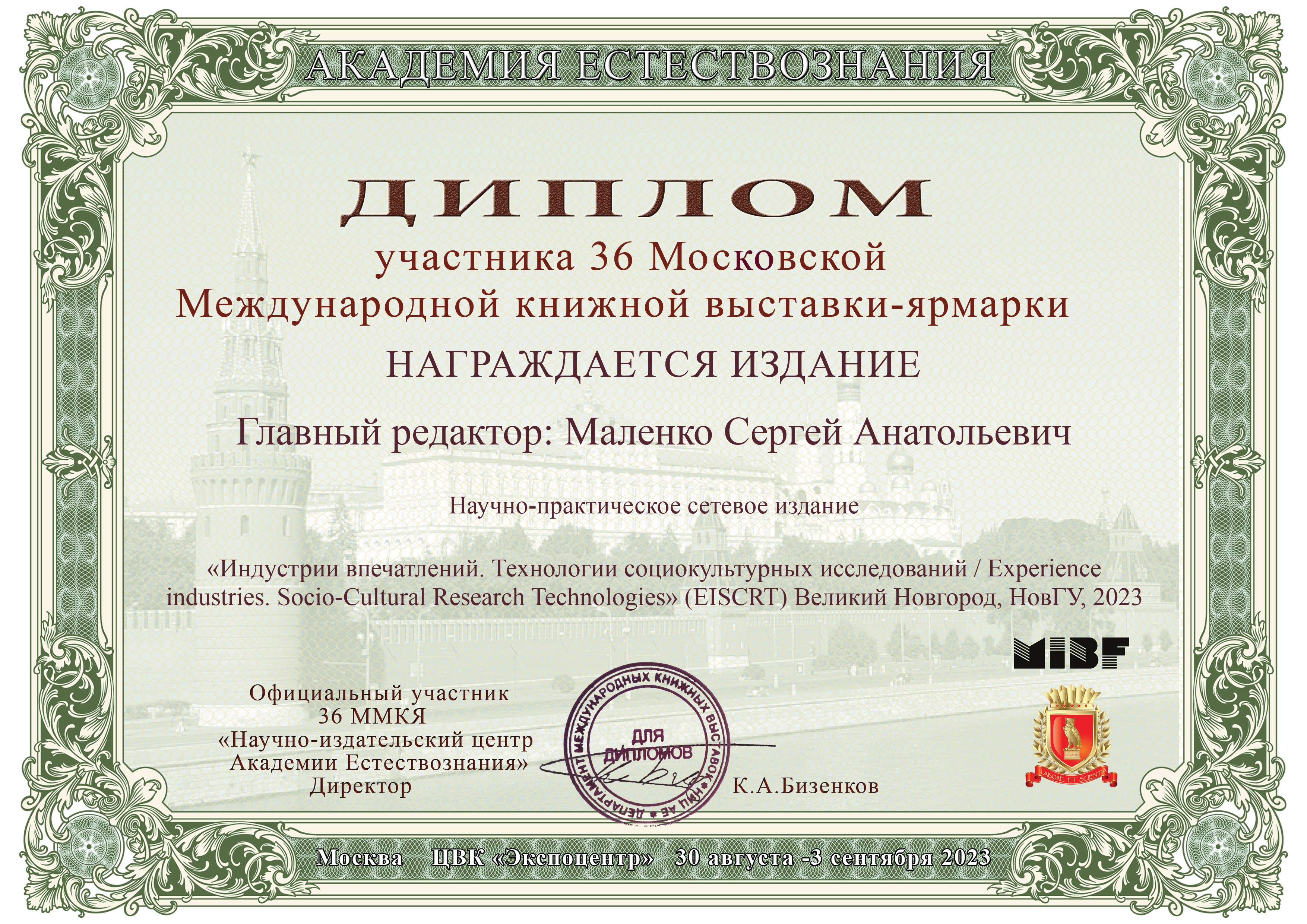К ПРОБЛЕМЕ СЕГМЕНТАЦИИ СОВРЕМЕННОЙ ТЕЛЕАУДИТОРИИ
DOI:
https://doi.org/10.34680/EISCRT-2024-3(8)-54-81Ключевые слова:
экранная культура, аудиовизуальная информация, телевещание, дифференциация аудитории, нишевые телеканалы, социальная сеть интернета, эволюция СМИ, телевидение, кино, мультимедиа, «глобальная деревня»Аннотация
Современная экранная культура, возникшая благодаря бурному развитию электроники и цифровых технологий, перенесла значительную массу информации самого разного характера на экраны – начиная от экранов кинотеатров и заканчивая экранчиками различных современных гаджетов. Аудиовизуальное творчество, начавшееся в конце XIX века крошечным экраном кинетоскопа Т. Эдисона, в котором движущееся изображение сопровождалось звуком фонографа, в ХХ веке, после демонстрации фильмов на больших экранах в огромных залах, вновь вернулось в основной своей массе к индивидуальному способу получения информации – через телевещание и Интернет. В настоящей статье рассматриваются проблемы дифференциации аудитории, получающей информацию аудиовизуального характера, а также затрагиваются вопросы сегментации современной экранной культуры на примере общедоступных эфирных каналов. Кроме того, внимание уделяется стратификации нишевых каналов, ориентированных на целевую аудиторию и некоторым аспектам функционирования социальных сетей, переключивших на себя внимание значительной части пользователей экранной информации. Помимо прочего исследование касается семантического и эстетического аспектов информации, поставляемой зрителю эфирными телеканалами.
Для цитирования статьи:
Познин, В. Ф. (2024). К проблеме сегментации современной телеаудитории. Индустрии впечатлений. Технологии социокультурных исследований (EISCRT), 3 (8), 54-81. https://doi.org/10.34680/EISCRT-2024-3(8)-54-81








